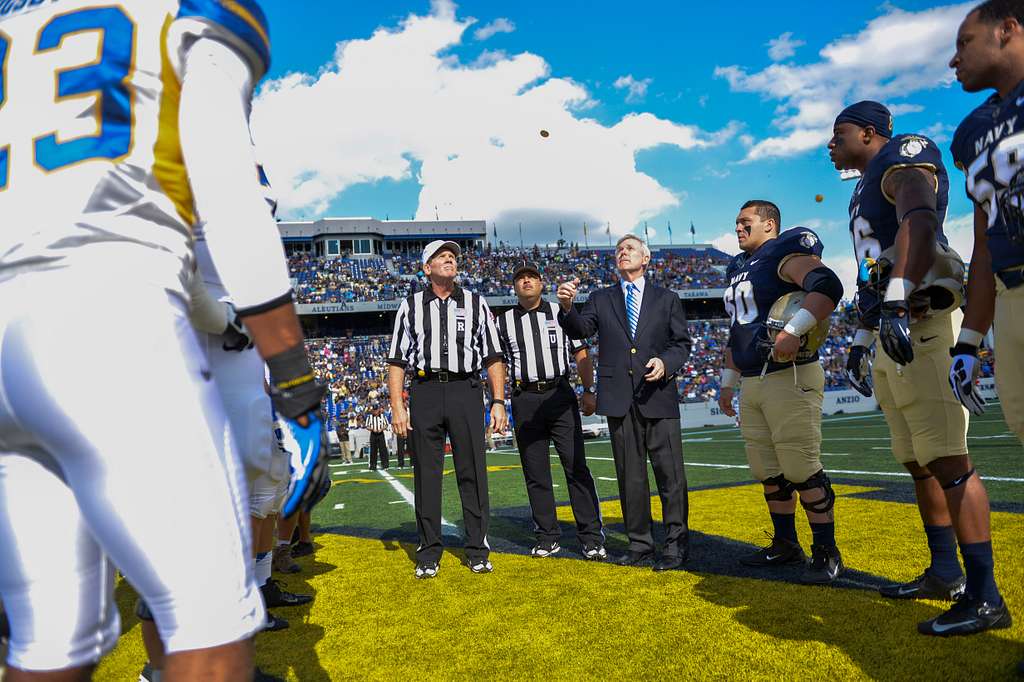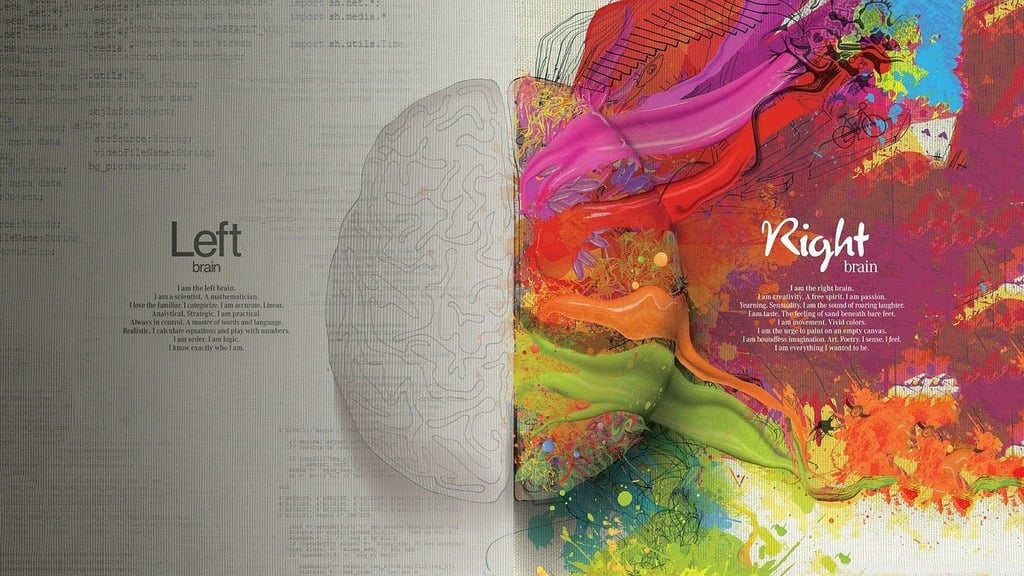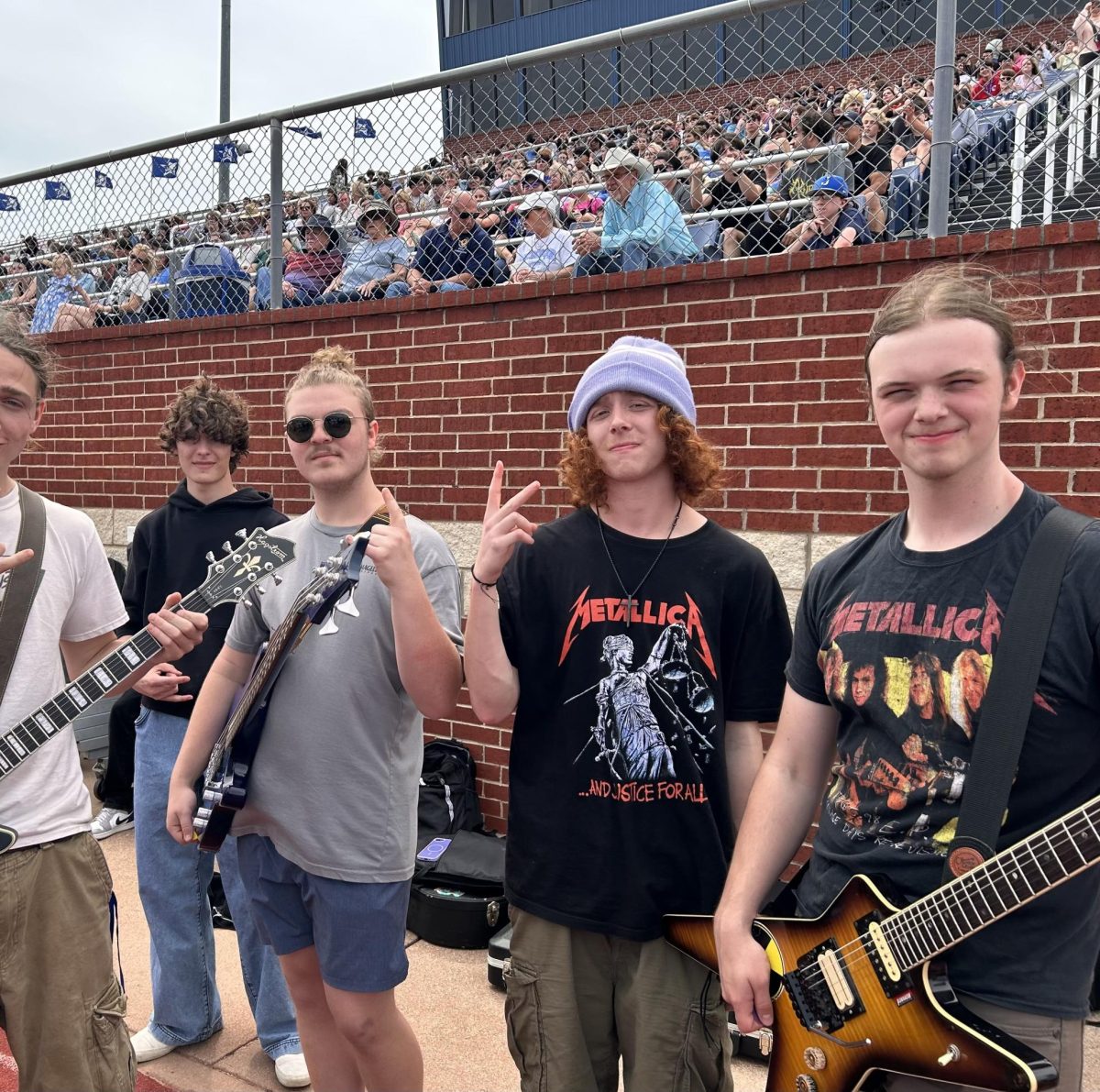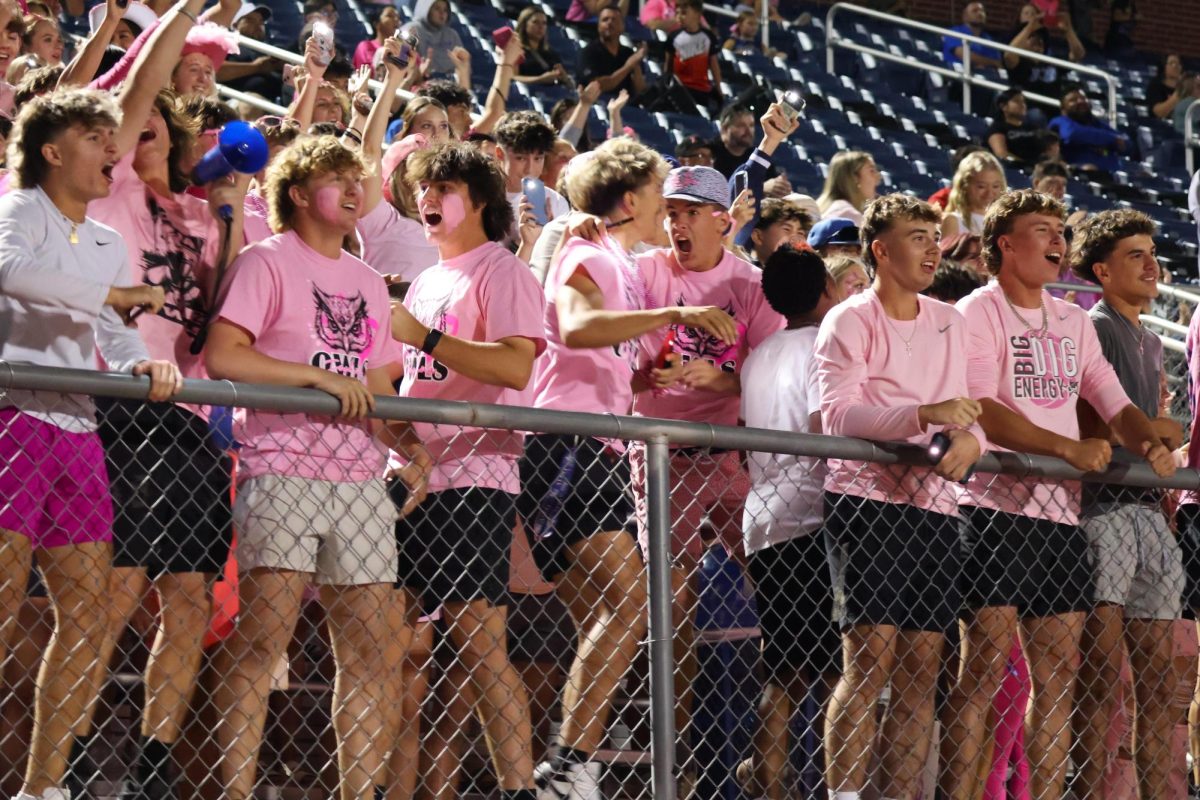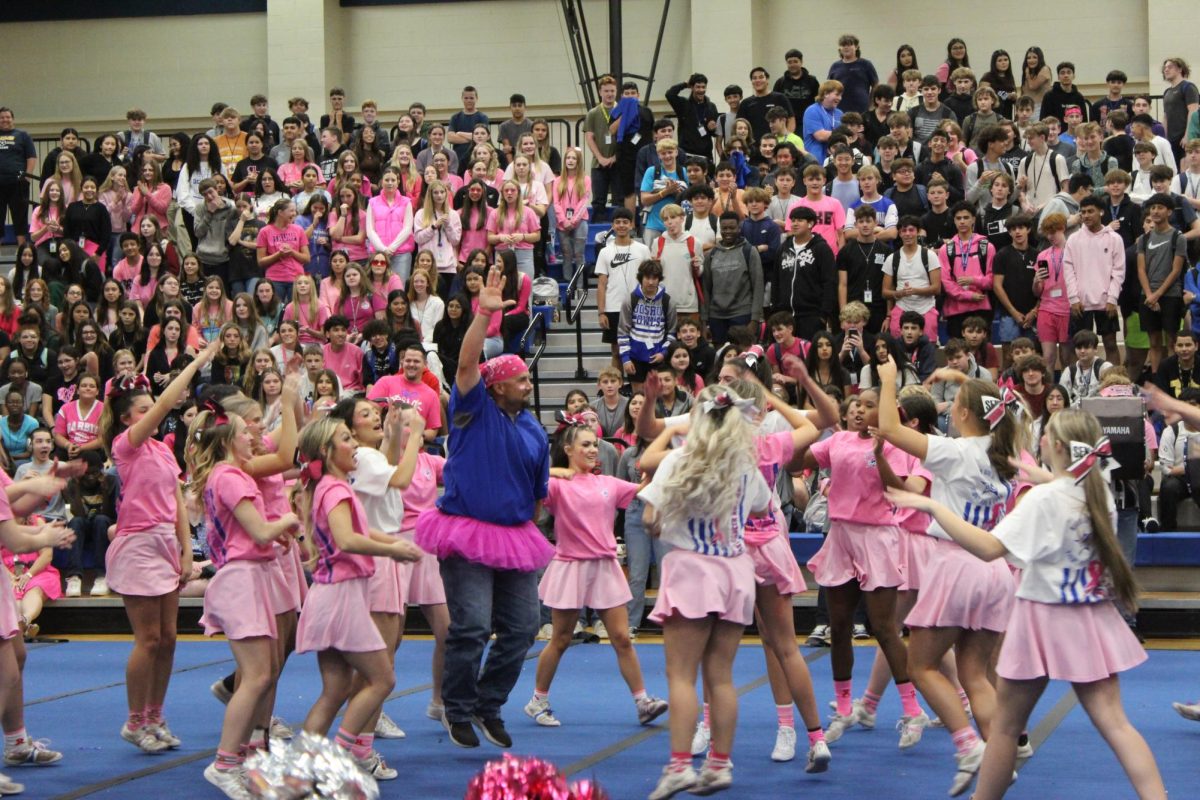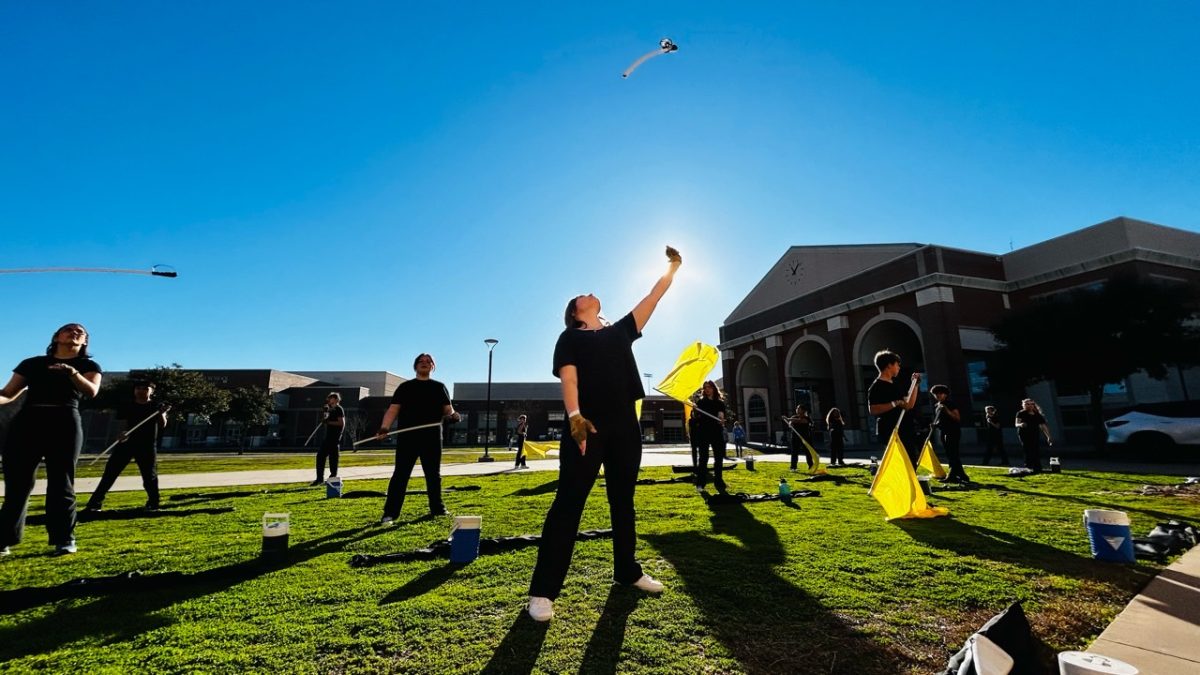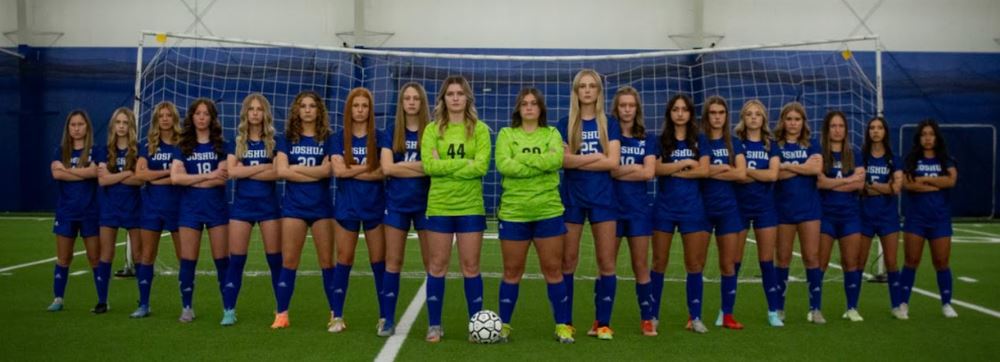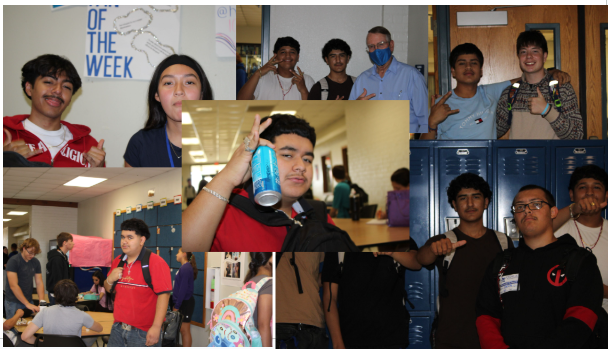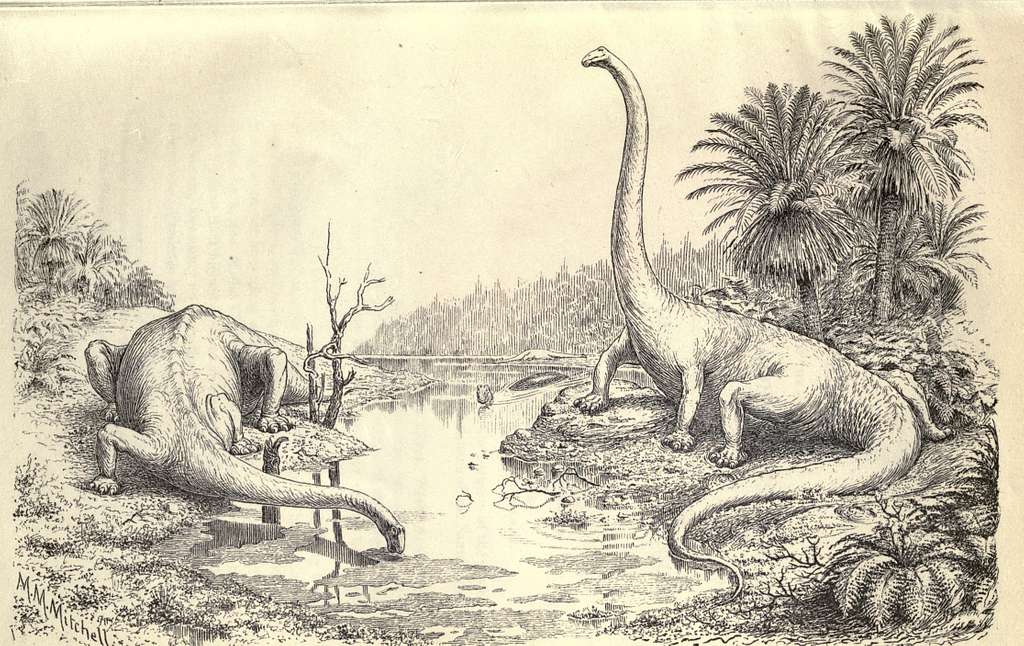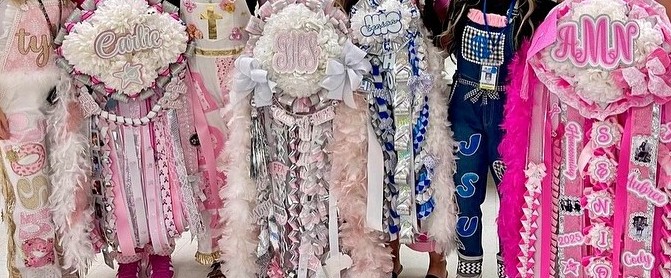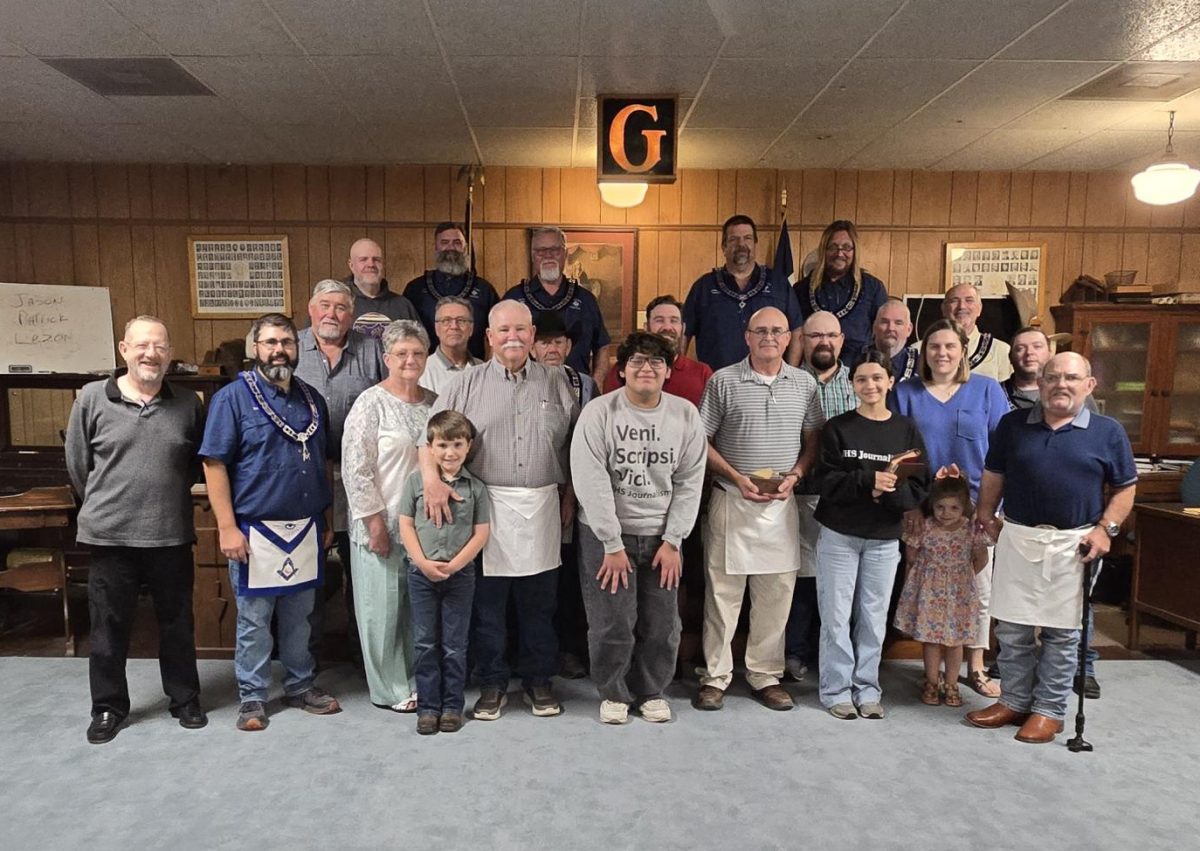Homecoming.
A beloved Texan tradition that brings town communities, schools, and alumni together to celebrate school spirit.
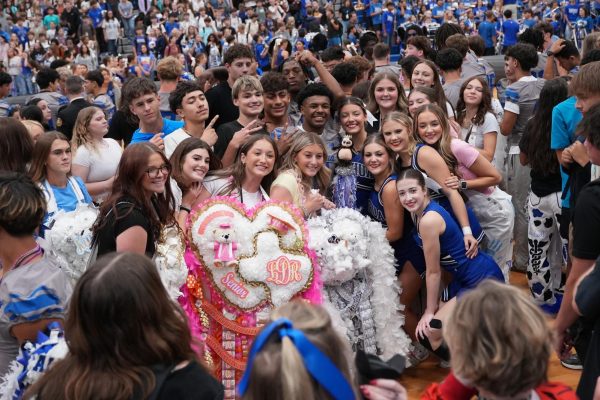
While homecoming is celebrated widely across the United States, Texas has played a significant role in shaping the modern traditions and festivities. Deeply rooted in the state’s love of football, community, and celebration, homecoming has evolved over time into an iconic Texas phenomenon. A Texas homecoming would not be complete without parades, pep rallies, packed bleachers for football games, and of course–the iconic homecoming mums.
Not many know how the tradition started and how it’s slowly evolved to where it is today.
It all started from the tradition of alumni returning for the big Harvard-Yale game hosted each year. While this has been a steadfast tradition since the 1870s, the origin for where else the homecoming of alumni started is widely debated. Baylor University, Illinois University, and Missouri University all are accredited and have claimed to have hosted the first homecoming event surrounding past alumni. Despite the debate, Baylor University is the most credited with organizing the earliest recognized homecoming events in 1909. That year, Baylor invited select alumni to return to campus for a celebration filled with fellowship, recognition, speeches, and football.
The idea quickly caught on across the state, spreading to colleges large and small. Eventually, high schools within both the state and nation picked up on the tradition. The annual fall event provided an opportunity for schools to celebrate their history and build school spirit and pride.
As the event grew into more of a tradition, it modernized. A big part of the homecoming festivities extended to the excitement that comes with the football games that usually host the homecoming event itself. Communities from all across town will show up for the homecoming football game. Whether it’s students who aren’t of high school age yet, or alumni from years prior, everybody wants to enjoy the electric pride that comes from watching a homecoming football game.
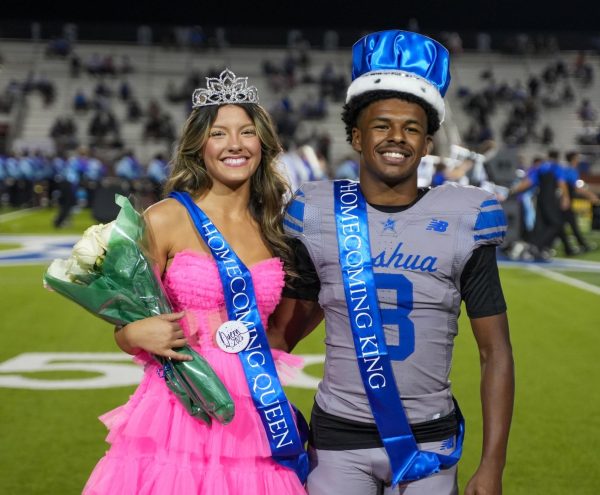
The homecoming game wouldn’t be as widespread or celebrated without the preparation that goes into a modern age of tradition for homecoming. One of these prevalent traditions is the homecoming court. Each homecoming, students run for prince, princess, king, and queen for that year’s event. The crowning of the court is usually one of the most exciting parts of the events for some. It adds glamour and respect to homecoming that can also feel familiar for classmates, teachers, and family of the court. It welcomes a student centered involvement that entails voting, nominations, and a sense of community that comes with supporting friends. The homecoming court has also invited the tradition of the homecoming dance, usually hosted after the football game to end the week of festivities or to celebrate a football win.
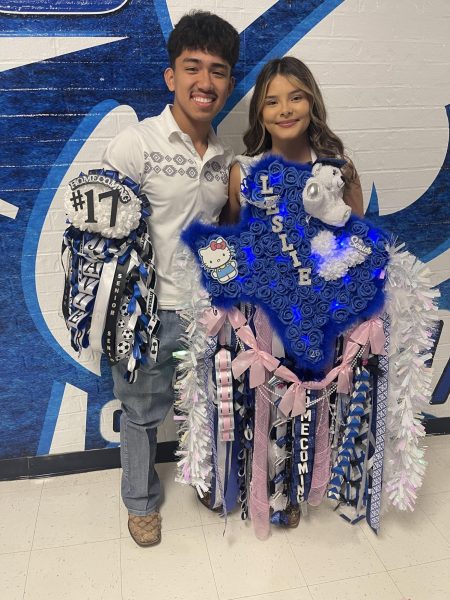
Arguably the most iconic part of homecoming is the mums. As the games, pep rallies, and parades grew, the tradition of wearing decorated chrysanthemum corsages quickly followed. For decades, chrysanthemums, now more commonly called a ‘mum’, were small flowers decorated with ribbon surrounding it. In the 1970s, the homecoming mums evolved from a small detail to an unavoidable tradition beloved by most. Most mums now include large chains of ribbon, bells, trinkets, and sometimes even lights. They are most often adorned in the school’s colors to show off school spirit and pride. What once was a small wristlet can now be as large as the person wearing it. In recent decades, boys started to wear smaller mums on their arms called ‘garters’. This elaborate tradition is largely unique to Texas and has become an emblem of creativity, pride, and competitive spirit of the state’s student culture.
Many communities all across the nation treat homecoming as a major event, drawing in residents, students and alumni to celebrate reunion and school pride. The meaning of homecoming has come far from its athletic roots. It represents community, celebration, and shared identity. Whether a rural Texas town, or a large city suburb, homecoming is a precious time for all to come together to reflect on the past, celebrate the future, and evolve the future of the iconic homecoming event.






